If you are a raw food newbie, you might be asking yourself... what ingredients are essential to making great-tasting raw recipes?" Good question! There are many raw products and ingredients out there in the big 'ol world--so what do you really need?
Now, think about a carrot for a moment. A carrot tastes good, it's crunchy and it tastes like a carrot! But what does it bring to a recipe? It doesn't really do anything but be a carrot (and we're totally fine with that!). The following must-have ingredients have attributes that contribute universally to a wide variety of recipes. They may add texture or sweetness or a unique flavor. Some add creaminess or thickness or body. Do you see where I'm going with this? :)
If you peek into my kitchen cupboard, you will for sure see these 7 raw ingredients...
Coconut oil
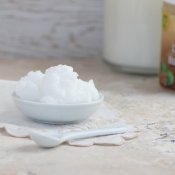
Hardens & adds texture
Coconut oil is liquid at room temperature, firm-ish in the fridge, and solid when frozen. This attribute makes it the most versatile and useful raw food must-have. Check out how I use it in this Raw Pumpkin Pie recipe. The filling is liquid-y to start with, but lo! after a stint in the freezer, the pie is ready to slice and eat. Yum!
Raw Cream Cheese Icing, on the other hand, is kept in the fridge. In this recipe, the coconut oil loses its liquid quality and nicely firms up so that the cream cheese is now spreadable. Like real cream cheese!
I also use coconut oil in its liquid form, as in this Raw Egg Nog. Here it adds texture (body) to the nog.
Olive oil
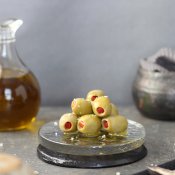
Adds flavor & texture
Here is another oil that I consider a must-have. Olive oil adds flavor and texture (body) to certain recipes. And it is versatile. It stands alone drizzled over a salad. Or it can be added to recipes - like this Simple Raw Garlic Salad Dressing!
Olive oil also ramps up the flavor and crisp-factor in this scrummy Raw Kale Chips recipe.
Sea salt
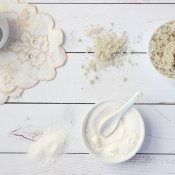
Adds flavor
"Flavor" pretty much sums up why sea salt is a must-have! Sea salt revs up any recipe, both savory and sweet.
Erm, not much more to say on the subject of salt!
Cashews
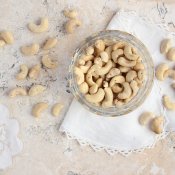
Adds creaminess & texture
Cashews are da bomb when it comes to adding creaminess & texture to recipes. When blended, the nuts take on a lovely, creamy texture that is perfect for a variety of recipes. Note that cashews don't add a lot of flavor- they are best used as a 'base' ingredient.
Blend cashews into soups - check out this Raw Tomato Soup - and sauces for a nice, thick texture. Or use them in desserts and fillings like cookies, cheesecake, and Raw Fudgsicles!
Lemon juice
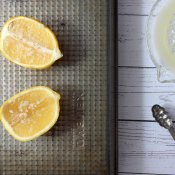
Adds acidity & flavor
You can't beat lemon juice for adding major zing to your recipes! Its tartness takes a recipe from ordinary to OH YES! Like these Raw Cranberry Lemon Cheesecake Bites. Lemon juice is the surprise ingredient that elevates the taste factor.
You can add lemon juice to recipes like smoothies, sauces and desserts. Our tastebuds can always use a little extra kick, yes?
Chia seeds
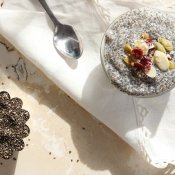
Thickens & adds texture
Ah yes, chia seeds. This ingredient definitely makes my must-have list. Chia seeds are tiny hard seeds that absorb up to 10x their weight in water. Hence their super-power ability to thicken anything you add them to! If you haven't tried chia seeds yet, get a move on! Here is a de-lish breakfast recipe for you to start with: Raw Porridge.
I use chia seeds in puddings, sauces and smoothies. A very useful little seed!
Dates

Adds texture & sweetness
Dates are never missing in action in my kitchen. Never! They add both texture and sweetness to raw food recipes. You won't miss white sugar when you use dates, trust me! Dates are 'sticky', which makes them ideal for binding recipes together, like my Raw Brownies. This recipe is a classic example of how dates excel in a recipe.
Besides using dates in many of my desserts, I also blend them into smoothies. Again, the dates add body to the smoothie, as well as sweetness. A total must-have ingredient!
Must-have ingredients... yes?
I hope I've given you some ideas here, though I'm pretty sure you have tried many, if not all, of these ingredients. You can see how important they are. What other must-have raw ingredients do you keep in YOUR kitchen?
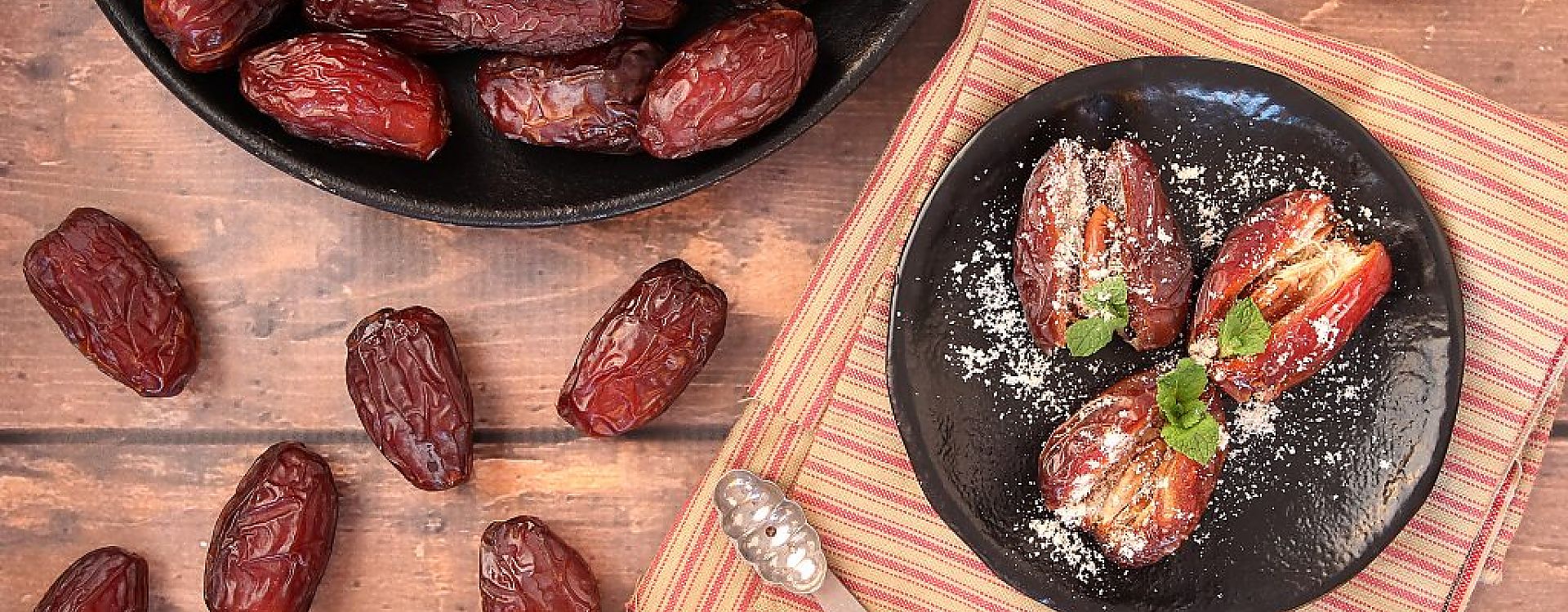









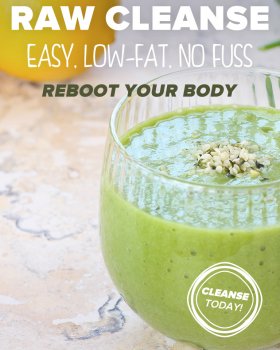













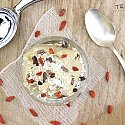
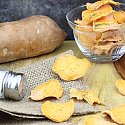
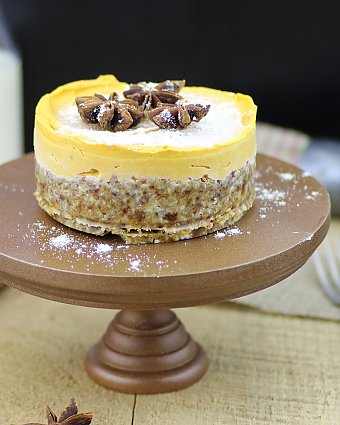
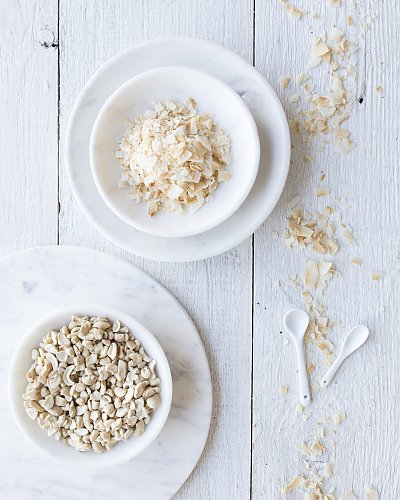
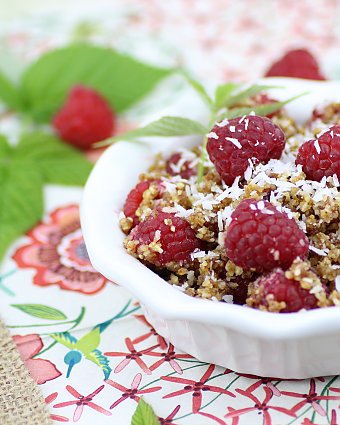
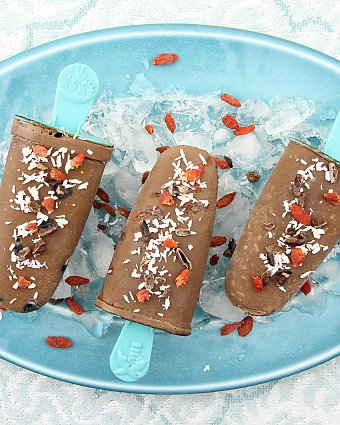





















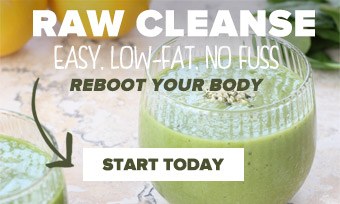

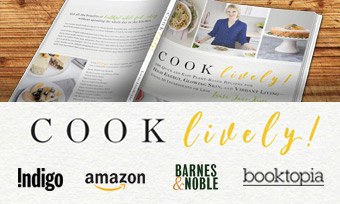




Comments
Top voted
The Rawtarian
Sep 15, 2015
Pink sea salt is harvested in Pakistan. Iron oxide gives it its color. Not much difference, otherwise!
Felicia
Jun 18, 2015
Olivia, what ingredient do you use instead of sea salt? And what is the difference between regular sea salt and Himalayan pink salt (in terms of taste and recipe usage)?
The Rawtarian
Jun 19, 2015
Hi Felicia, organic is optimal but not always practical. You're already improving your health by eating better, so don't break the bank with items you can't afford!
All
Louise Hird
Jul 31, 2016
Hi, I'm intolerant to cashews and coconut. Are there any good alternatives in raw foods?
Thanks and best wishes,
Louise
The Rawtarian
Nov 03, 2016
Hi Louise.
Cashews are usually used for creaminess. You can use macadamia nuts instead in any recipes. However, if you can't do macadamia nuts, things get more complicated. Bananas and avocados are excellent for creaminess, but of course, they will work in some recipes but not others since you will be adding green color or banana flavor as well.
Dried coconut is usually used to add lightness to a recipe. (For example, adding coconut to nut-based truffles makes them less heavy.) Sometimes you can use hemp seeds instead of coconut for a similar-ish effect.
Coconut oil is used to help recipes solidify when cooled. This is common in frozen pies etc. There is no good substitute for it.
Generally, I suggest looking for different recipes that do not contain your problem ingredients, instead of substituting too much. This will lead to less disappointment :)
Lastly, a little-known feature here at therawtarian.com is the ingredient search, which is super amazing but few people know how to use it. You can "avoid" certain ingredients etc. Click on the wheely thing near the search bar at the top, then click the "knife and fork" icon - then click "more options" and you'll see the ingredient search there.
Hope this helps :)
Ranita
Jul 28, 2016
Hi. I stumbled across your site today and can only say thank you thank you thank you. I have dabbled in raw food here and there (just don't mention my now infamous but disastrous raw food dinner party) and wanted to get back into in but was struggling to know where to start. This fabulous site is wonderful and I've already made the fudge and brownies.
The Rawtarian
Nov 03, 2016
Ha, a raw dinner party is hard to pull off for anyone, I will give you that!
I'm so glad you found us at the right time in your life :)
Ranita
Jul 28, 2016
I nearly cried yesterday as all the raw food books are so full on and time consuming to prepare. I wanted to make some muffins and the prep time in one book was 37 hours and in another 24! also it was clearly a cookbook aimed at the very advance raw foodist, With three children and a busy schedule i didn't see how we could make this work. However now I've found rawtarian i really believe we can adopt an 80 raw food diet and improve hour health etc. So ill say it again - thank you
The Rawtarian
Nov 03, 2016
I know, ugh... I too get the same feeling when reading times of "24 hours this" and "36 hours that"... I don't normally think in terms of long timelines... I am usually hungry "now" :)
Best of luck with your food adventures, Ranita!
Felicia
Jun 18, 2015
Hello Rawtarian, thank you for this great info! I am a "newbie" to the raw food diet. Other items I've noticed in many recipes lately include garlic, raw/soaked nuts and various dried herbs/seasonings (mixture).
My question to you is, would you suggest organic products be used whn purchasing these items for meals? I've found them to be very expensive, so I'm wondering about the health benefits.
Thanks
The Rawtarian
Jun 19, 2015
Hi Felicia, organic is optimal but not always practical. You're already improving your health by eating better, so don't break the bank with items you can't afford!
Olivia
Jun 05, 2015
Yes I do, I use it instead of sea salt or any other salt :)
Felicia
Jun 18, 2015
Olivia, what ingredient do you use instead of sea salt? And what is the difference between regular sea salt and Himalayan pink salt (in terms of taste and recipe usage)?
Olivia
May 31, 2015
Oh and I also think that Himalayan pink salt is a good ingredient to have!
The Rawtarian
Jun 04, 2015
Thanks, Olivia! Do you use it a lot? :)
Olivia
May 31, 2015
Hello and thank you for very kindly sharing your knowledge with us!
Just a question: do you recommend xylitol and coconut sugar as sweetners? What Is your opinion in regards to these two options? :)
The Rawtarian
Jun 04, 2015
Hi Olivia! I have never used either. But I encourage you to use whatever sweetener that works for you! I often use honey, stevia, maple syrup all depending on the recipe.
Romina
Apr 29, 2015
So, I'm glad I stumbled upon this, because I've always wanted to but never tried chia seeds & now I actually also know what to do with them. Thanks for posting this & the link!
The Rawtarian
May 04, 2015
Awesome, Romina! Good to hear! :)
Latosha
Sep 14, 2015
What is the difference between pink sea salt and regular sea salt?
The Rawtarian
Sep 15, 2015
Pink sea salt is harvested in Pakistan. Iron oxide gives it its color. Not much difference, otherwise!
Leave a Comment